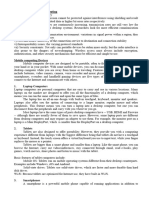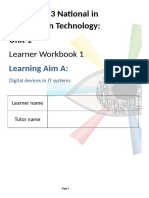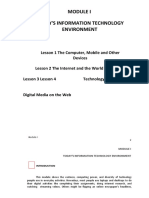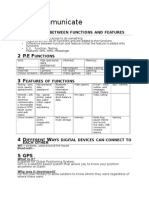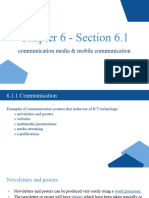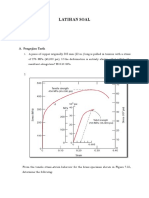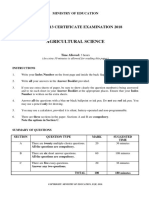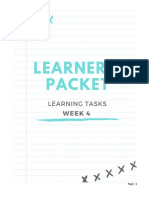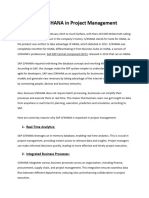0% found this document useful (0 votes)
15 views28 pagesChapter 1 Types of Computer
IGCSE ICT chapter 1 Types of Computers ppt
Uploaded by
Teena SharmaCopyright
© © All Rights Reserved
We take content rights seriously. If you suspect this is your content, claim it here.
Available Formats
Download as PPTX, PDF, TXT or read online on Scribd
0% found this document useful (0 votes)
15 views28 pagesChapter 1 Types of Computer
IGCSE ICT chapter 1 Types of Computers ppt
Uploaded by
Teena SharmaCopyright
© © All Rights Reserved
We take content rights seriously. If you suspect this is your content, claim it here.
Available Formats
Download as PPTX, PDF, TXT or read online on Scribd
/ 28






